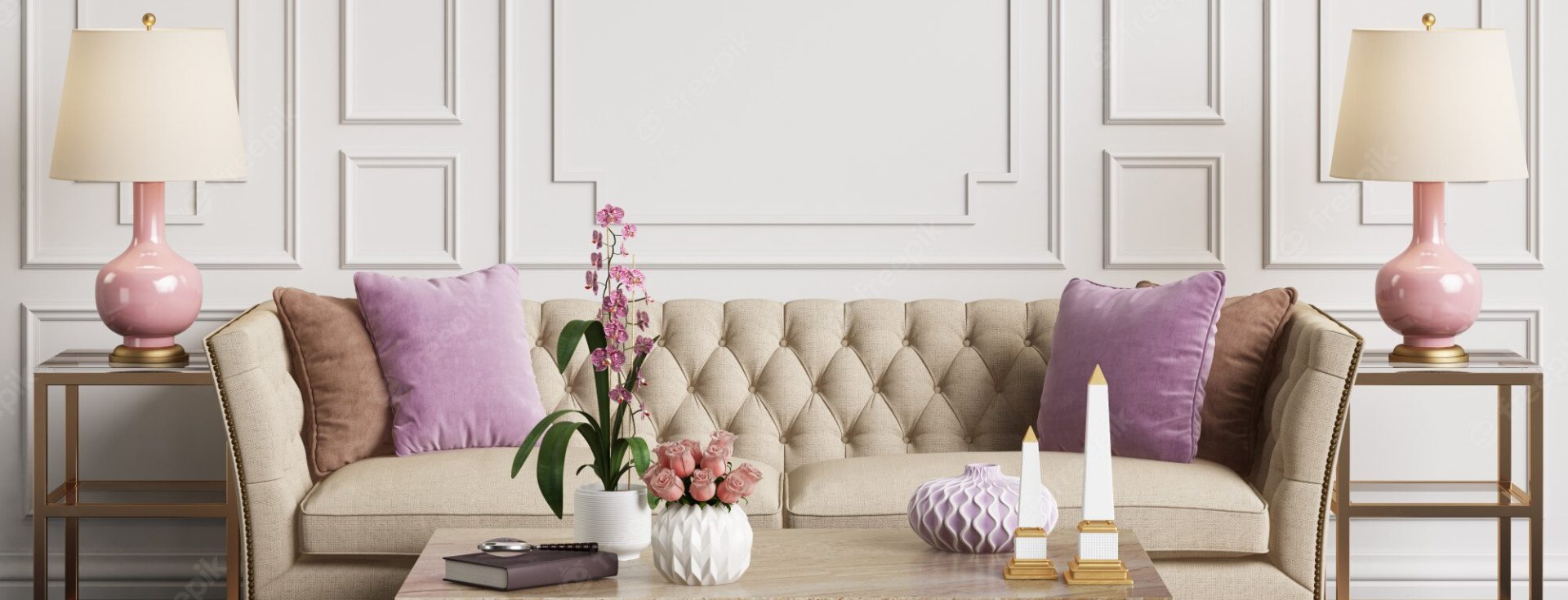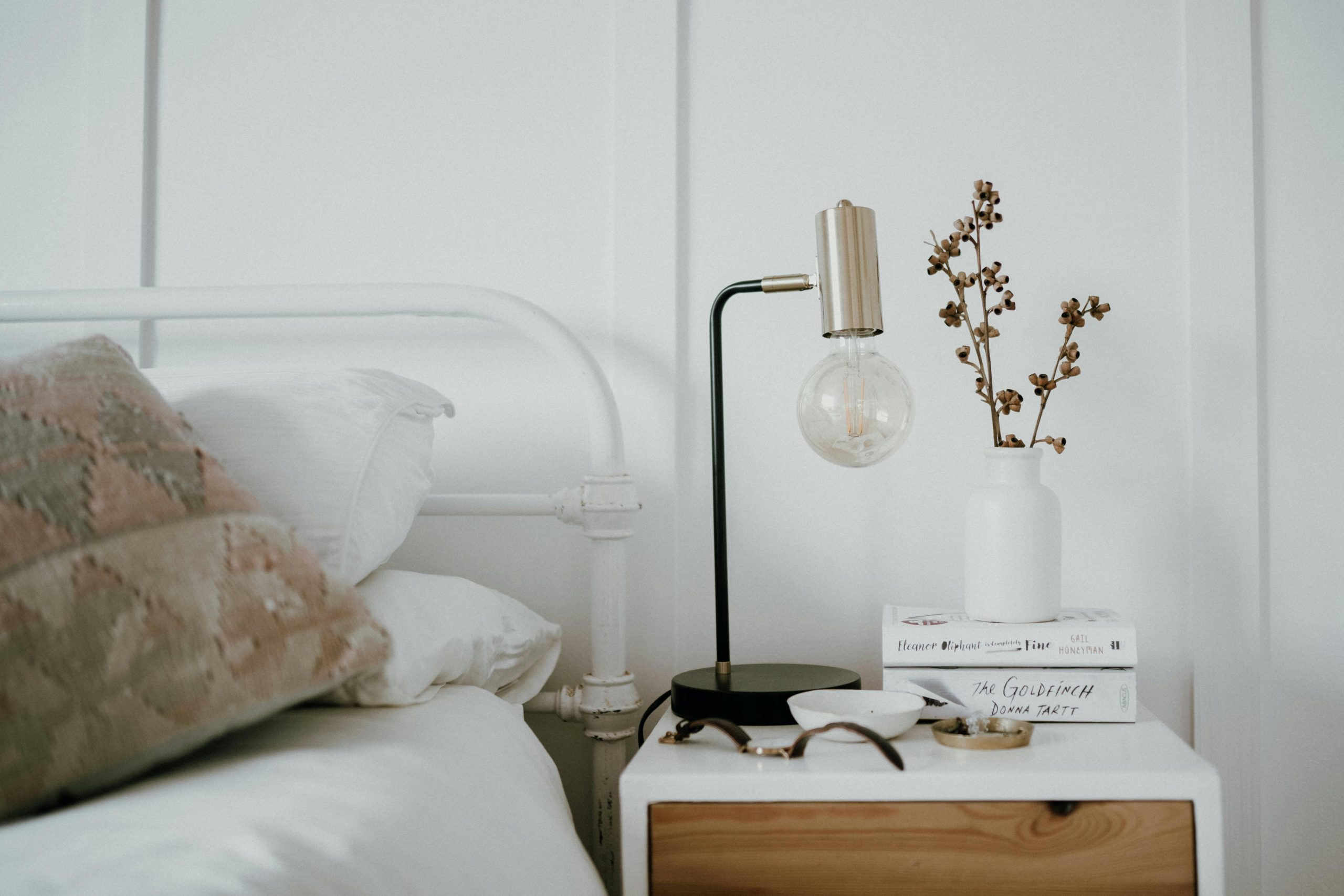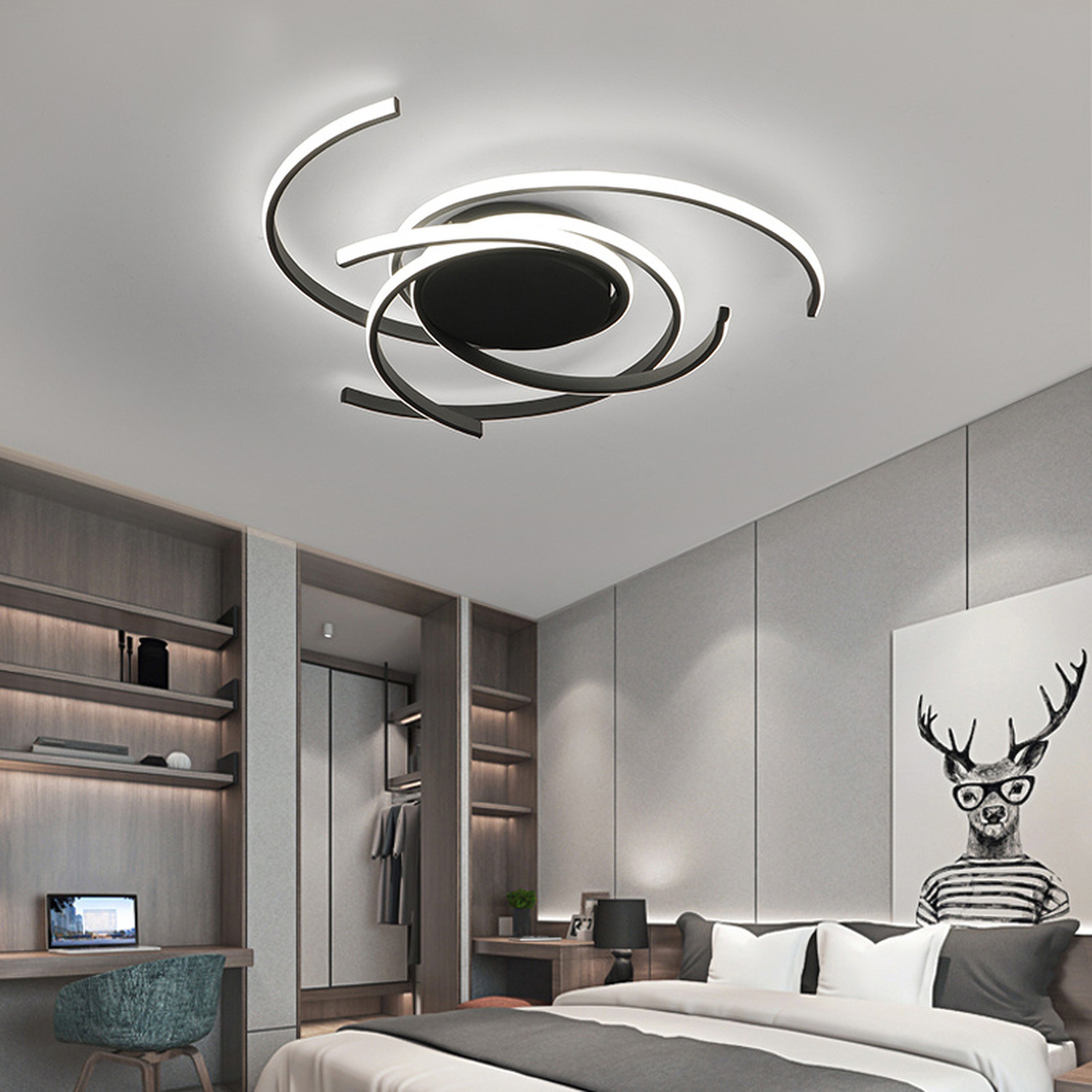When you think of chandeliers Tomosshop, the first image that comes to mind is probably crystal. The sparkle and beauty of crystal lends a magical touch to your home décor that no other type of light can match. From the 18th century on, designers have used glass and crystal to create stunning chandeliers. Today, new crystal innovations bring this unique style to table and floor lamps, pendants and other types of lighting.
There are many different kinds of chandelier glasses, and the best way to decide which ones you want in your lighting is to look at each piece closely. Note the clarity of each piece, and the amount of light refraction it produces. Traditionally, the higher the lead oxide content in crystal, the clearer and more brilliant it is. American standards allow crystal to be labeled as such whether it has any lead at all, and a variety of other methods can produce clear glass with excellent refraction qualities.
Another way to determine what kind of glass you’re looking at is to note the shape and size of each piece. The top loop, for example, is often a round ball with multiple triangular facets and usually hangs alone at the very end of the fixture. A pear-shaped drop with a raised and faceted surface is called a French drop. Icicles are short, thin prisms that flare with facets before coming to a dramatic point. Kite-shaped drops feature many small, similarly-shaped facets.
The body of the chandelier is also an important factor. You’ll find chandeliers with just a frame of glass, or frames made from wood, brass, bronze or iron. Typically, the metal will be painted to prevent corrosion.
In the past, the majority of crystal chandeliers were hand-blown, and it’s still possible to get a very high quality chandelier that is entirely handmade. The quality of a modern chandelier may not always be as high, but the beauty is still dazzling. Some modern chandeliers use a mix of both hand-blown and machine-cut glass to achieve the desired results. Some even incorporate textured glass, like the bubbles and lines you see in Gabriel Scott’s Welles Glass line shown here. This unique finish adds a whole new dimension to the piece and makes it appear as if it was made centuries ago. For easier cleaning, simply spray the glass with a mixture of one part isopropyl rubbing alcohol to three parts distilled water. This will remove dust and dirt without causing the crystals to cloud or dull. For more involved cleaning, you can remove the crystals from the fixture and use a gentle soap like Palmolive to clean them. Then, dry and reattach them to the fixture with their labels in place. It’s a great way to keep your crystals looking as beautiful as the day you got them.




